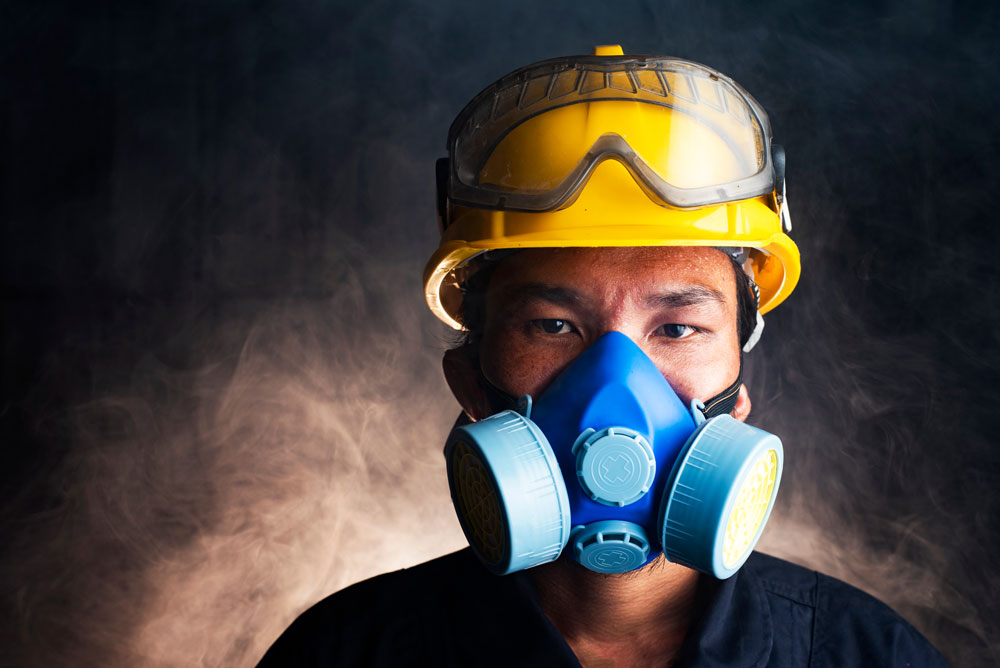What is Respirator Clearance? Things You Need to Know!Posted by Picasoth on August 18th, 2023
When it comes to ensuring safety in hazardous environments, respiratory protection plays a critical role. Respirator clearance is a vital process that determines whether a specific type of respirator is suitable for an individual. This comprehensive guide will take you through the essential aspects of Online respirator clearance, equipping you with the knowledge you need to make informed decisions about your safety. Understanding Respiratory HazardsBefore delving into the details of respirator clearance, it's crucial to understand the nature of respiratory hazards. These hazards can include airborne particles, chemicals, gases, and other contaminants that pose a threat to respiratory health. What is Respirator Clearance?Respirator clearance refers to the process of evaluating an individual's ability to wear a specific type of respirator safely and effectively. This assessment ensures that the chosen respirator creates a secure seal and provides adequate protection against the identified hazards. The Fit Testing ProcessFit testing is a critical component of respirator clearance. It involves assessing how well a respirator seals to an individual's face. Fit testing methods can vary, including qualitative fit testing (using a test agent) or quantitative fit testing (measuring particle concentration inside and outside the respirator). Importance of Proper FitA proper fit is essential for a respirator to effectively filter out contaminants from the air. An improper fit can result in leaks, allowing hazardous particles to enter the respiratory system and compromise safety. Factors Affecting FitSeveral factors can influence the fit of a respirator, including facial features, size, shape, and even facial hair. Proper assessment takes these factors into account to ensure a secure and comfortable fit. Types of RespiratorsThere are various types of respirators, ranging from N95 filtering facepiece respirators to more advanced models like powered air-purifying respirators (PAPRs) and self-contained breathing apparatus (SCBAs). Each type serves a specific purpose and offers varying levels of protection. Medical EvaluationPrior to fit testing, individuals must undergo a medical evaluation. This assessment ensures that wearing a respirator won't pose health risks due to underlying medical conditions. Frequency of ClearanceRespirator clearance is not a one-time event. It should be repeated periodically or whenever there are changes in workplace conditions, facial characteristics, or respirator models. Documentation and Record KeepingClearance results and fit testing records are typically documented and maintained. This documentation ensures a record of the assessment process and assists in tracking compliance with safety regulations. Training and EducationProper training and education are crucial for individuals who wear respirators. Training covers topics such as how to wear a respirator, perform user seal checks, and recognize signs of an improper fit. Choosing the Right RespiratorBased on the results of respirator clearance, individuals are guided toward choosing the appropriate respirator that provides the required protection while maintaining a secure fit. Continuous Safety ImprovementRespirator clearance is not a static process. It is part of an ongoing commitment to safety improvement, ensuring that individuals have the right tools to protect themselves from respiratory hazards. ConclusionUltimately, understanding what respirator clearance entails is essential for maintaining a safe work environment in industries prone to respiratory hazards. By adhering to proper fit testing procedures, staying informed about different respirator types, and undergoing regular assessments, individuals can significantly reduce the risks associated with airborne contaminants and ensure their well-being in the workplace. Like it? Share it!More by this author |



